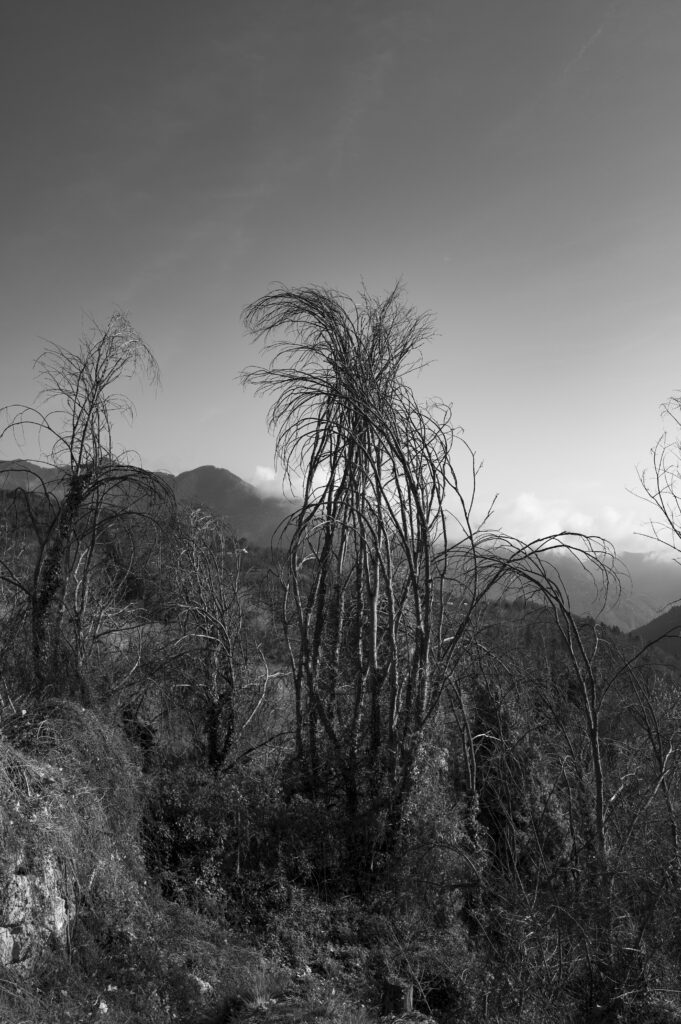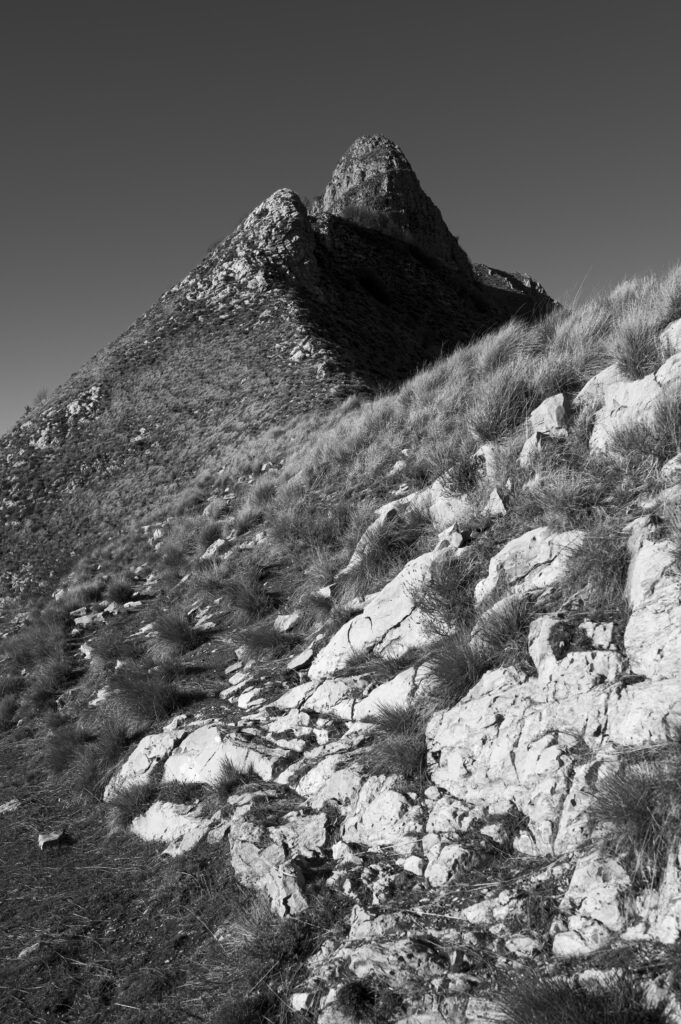Mercantour national park
Climbing high to contemplate the horizon, crossing our own physical limits to reach geographical ones.
These images are influenced by the great explorers of the world who have dominated my imagination. The same explorers who set out in search of a sacred land, a nature whose richness surpassed beauty to join the ranks of the sublime.
The purpose of my departure was to bear witness, through photography, to the potential fascination of these ecosystems, which today seem to us to come from another time. Sometimes covering several of the world’s most protected areas, the national parks themselves embody a kind of myth of an Earth from the time of its genesis, untouched and in the majority.
Immersed in this imaginary world, signs sometimes predominate during the walk, darting across the landscape like interrogations of presence. More or less obvious, the presence of certain geological curiosities in an area already rich in diversity actually leads us to express reservations about their origins. These oscillations in the landscape make it difficult for us to read a so-called natural landscape, so much so that the influence of an urban planning culture shapes our relationship with the landscape.
This confusion on the part of the viewer adds a new meaning to the photograph, casting doubt on the nature of what is presented. They carry with them an equivocal discourse, mixing to a greater or lesser degree the search for the sublime with that of the irremediable archiving of the human imprint.
Founded only recently, these protected parks do not appear to be free of human traces, nor of all the civilizations that have contributed to the formation of today’s geological structure. The landscape represents the passage and continuous activity of living organisms since the very beginnings of our planet, and the changes that have taken place over decades or even millennia are now noticeable and visible in a much shorter time, a rhythm that has never been seen before.










